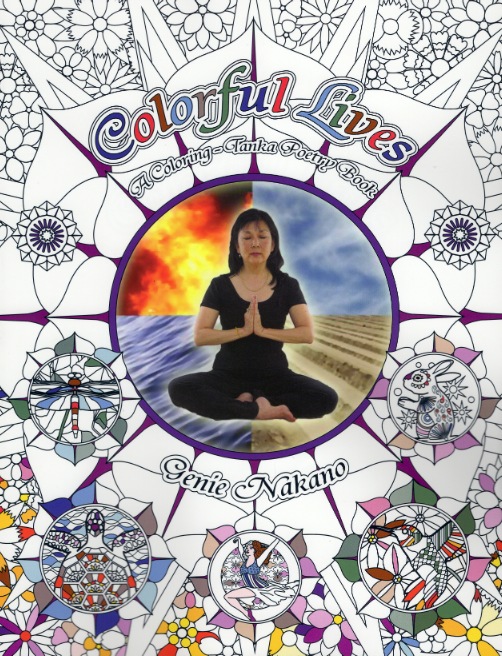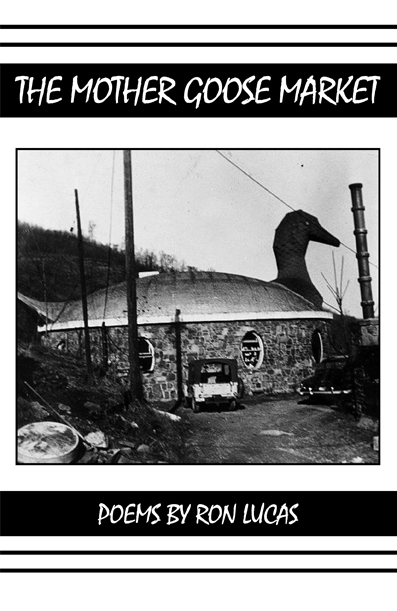One of the many awards that noted American poet, Judith Skillman has
received is from the Academy of American Poets for Storm while
Red Town, and Prisoner of the Swifts were Washington
State Book Award finalists. Her poems have been included in such
journals as Shenandoah, Prairie Schooner, FIELD
and her collaborative translations in various journals; she’s in
Best Indie Verse of New England. Her latest full poetry
collection is Kafka’s Shadow. Deerbrook Editions,
Cumberland, Maine; 77 pages; $16.95; paperback; 2017. ISBN
978-0-9975051-4-6
CS: How
did you decide on Franz Kafka for your new poetry collection?
JS: I
read “Metamorphosis” again, and was very taken with it. After a
span of thirty years since the last reading, the story took on new
dimensions. Then I read “The Stoker,” “The Judgment,” and
“Letter to His Father,” as these have been reissued in a new
edition titled The
Sons
(Schocken Books, Inc., 1989). After a visit to San Francisco, I wrote
“Kafka’s Wound” and continued to find myself thinking and
writing about Kafka. It took awhile before I realized the series
might become a collection.
CS: What
are some of the most interesting things about him you discovered?
JS: I
learned that his relationship with his father was extremely
complicated, and that helped my understanding of his work. In
addition, he suffered greatly from intense sensitivities as well as,
of course, the chronic illness of consumption/tuberculosis. His
passion to write, his insomnia, and the hours he kept made me feel
some identification with him, and I continued to read more of his
letters. In this regard the book Franz
Kafka: Letters to Friends, Family, and Editors
was invaluable (transl. Richard and Clara Winston, Schocken Books,
NY, 1977).
I was surprised to find that Kafka felt such self contempt that he
viewed himself as a son who should be sacrificed, as in the Biblical
story of Abraham and Isaac. At the point I learned this I’d written
a couple poems on that very subject, and experienced the sense of an
encounter with the author, apart from space-time.
CS: The
Notes section in the back of Kafka’s
Shadow
(3 pages) share some of the scholarship necessary for such an
ambitious collection. How long did it take to write the book?
JS: Kafka’s
Shadow
took about three years to complete. As mentioned earlier, the book
Letters
to Friends, Family, and Editors
provided inspiration when coupled with his stories and, especially,
“Letter to His Father.” The interest and support of my writing
groups and colleagues, in particular Christianne Balk, provided
impetus to continue.
CS: When
and how did you begin your interest in translations? What classes did
you take in languages?
JS: My
interest in translation began when I went to the University of
Washington in 1994-95, ostensibly to get a PhD in Comparative
Literature. That journey didn’t work out, but in the process I fell
in love with the theory and art of translation. I have taken French
and lived in Paris for three months—just long enough to become a
Francophile.
CS: You
have been nominated for the Pushcart, Best of the Web. Please share
how you came to be a poet? What other kinds of writing do you do?
JS: I
began writing in a journal in high school, but even before that, I
had an elementary school teacher who taught poetry. And while my
parents were both scientific (PhD’s in physics and math), they were
also avid readers and lovers of music and all the arts. They took us
to plays and concerts. I think the years of voracious reading likely
determined my interest in literature.
I
have written fiction and non-fiction as well. A ‘how to’: Broken
Lines—The Art & Craft of Poetry
is the most serious effort I’ve made so far in non-fiction. There
are many projects I would like to pursue, but the reality is one has
to pick and choose.
CS: What
poets have influenced you the most?
JS: There
are so many! In particular I like the associative poets, among them
Celan, Vallejo, Transtromer, René Char, and Franz Wright. I taught a
“Great American Poets” course for several quarters and fell again
for Williams, Bishop, Dickinson, Plath, Stevens, Eliot, Pound, et al.
I also feel a great affinity for Jack Gilbert’s work.
Roethke,
Beth Bentley, Nelson Bentley, Stafford, Wagoner—all the Northwest
poets. Milosz, Levine, Edith Sodergran, Adrienne Rich, Cavafy,
Lucille Clifton. Wakoski, and all the beat poets. The thing is to
continue reading, knowing one will never plumb the extant canon of
virtuoso poetry.
CS: How
do you decide the number of stanzas, length of lines in your poems:
what is your progression, steps, in composing?
JS: Generally
a poem begins as a fragment and then gathers steam. There are times
when the form pours out with the poem, (a poem pours out fully
formed) but those are rare and far between. I like to follow David
Wagoner’s advice—take of your censorial hat when you write, let
it sit, and then go back to the piece with your editorial hat.
To
write anything at all one must be in a receptive frame of mind, and
not add judgments as to whether the would be poem is ‘good’ or
‘bad.’ The formal arrangement can come later. Exceptions abound,
however. If you want to write a sonnet, villanelle or other set form,
then you have to be intentional: count beats and employ rhyme and/or
half rhymes.
CS: What
is your usual writing schedule for the day?
JS: I
don’t adhere to a strict schedule. There are days when I revise,
and days when I explore other forms of art, such as painting. Writing
requires wide reading as well—it all takes time—so flexibility is
key.
Simply
maintaining the body, house, and extended family takes longer as I
get older, so there are periods when writing happens only in the
mind, with ideas. If that kind of ‘air creativity’ becomes more
serious it might take the form of note-taking, marginalia, and/or
soft research. When I feel the need to stop what I’m doing and
write, I take that seriously.
CS: Have
you begun working on another collection?
JS: Yes!
I have a collection seeking a publisher. It has been a finalist at a
few contests. Time will tell. Writing poems includes so many aspects;
publishing so many facets. I feel lucky and blessed to be have been
given the chance to write.
Fans
can visit her on www.judithskillman.com
© 2017 Carol Smallwood





